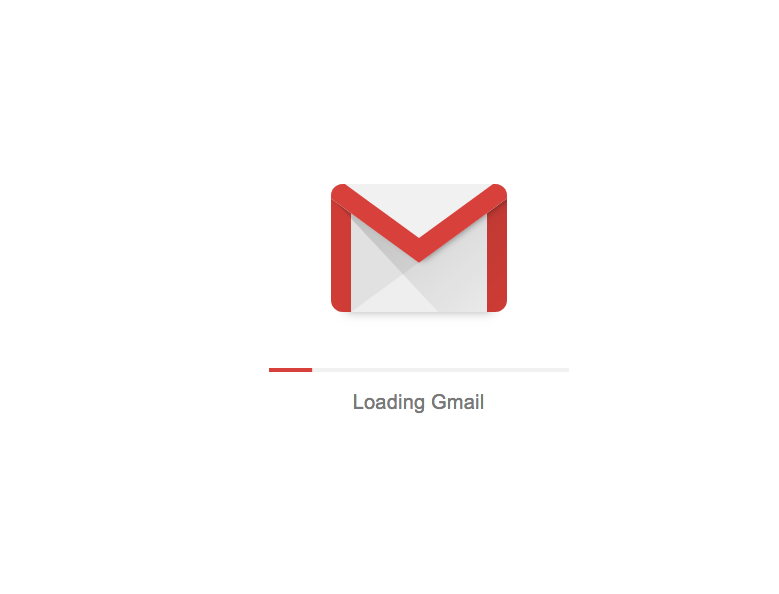Does anyone know the good solution for implementing Angular 2+ pre loader with percentage indicator ( Similar to Gmail's loading screen )?
I know that usual way is to add <div> inside our <app-root> and style it, maybe even add CSS animations and it will be replaced by app content once app is loaded.
But... What I am actually looking is to display animated splash screen ( SVG or whatever else ) where after animation completes loading bar should appear and show progress status.
At first point I was thinking about separate splash component that will be only component eagerly loaded and from there load all other modules but if I map that component to '/' how to display it on any other route as a first ( starting point ). Also, this means that Angular main bundle must be already loaded so this is not a good option.
Most likely this question is too broad and not suitable for Stack Overflow but I can't find anywhere a good solution for this. :(
Is there a way to load plain JavaScript without Angular that will load Angular and display progress? Or any other ( better ) idea?
This must be achievable since whole Gmail is Angular app and they have it :D

